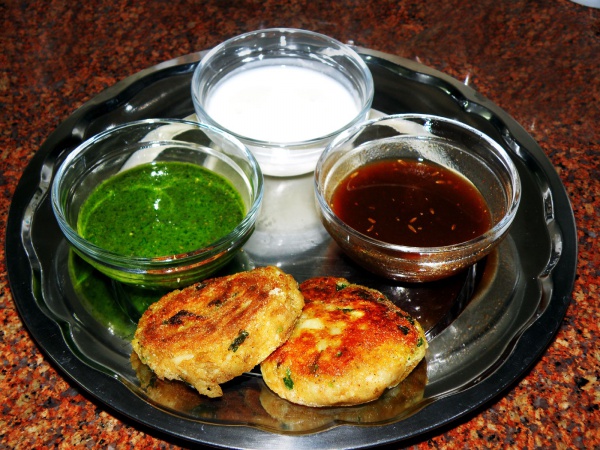Facts About Chaat
Chaat, sometimes spelled "chat" is a beloved savory snack originating from India. It's a staple at roadside stalls and food carts across the Indian subcontinent, making appearances in countries like Pakistan, Nepal, and Bangladesh as well. The term "chaat" is derived from Hindi and can be traced back to Uttar Pradesh, India. Over time, it has gained immense popularity throughout the region.
So, what makes chaat so special? Generally, it’s a mix of fried dough combined with a variety of ingredients such as potatoes, chickpeas, fried bread, spices, chili, tamarind sauce, coriander leaves, and yogurt. There are numerous variations of chaat, each with its own unique twist—think aloo tikki, samosa chaat, bhel puri, dahi puri, and sev puri.
Despite the differences among the types, most varieties of chaat share some common elements: yogurt, onions, coriander, sev (those thin, crispy noodles), and chaat masala (a special spice mix). In terms of presentation, chaat is typically served on a small metal plate or a banana leaf fashioned into a bowl.
Chaat isn't just tasty; it has a rich history, with different variations originating from different parts of India. For instance, pav bhaji, a popular type of chaat, reflects the cultural flavors of Mumbai. Cities like Delhi, Lucknow, Varanasi, Agra, and Hyderabad are renowned chaat hotspots, each offering its own unique spin on this delectable snack.
Beyond the classics like aloo chaat, bhel puri, dahi puri, kachori, and samosa chaat, there are countless other types of chaat that showcase the incredible diversity and creativity in its preparation across the Indian subcontinent.

 Myanmar (Burma)
Myanmar (Burma)